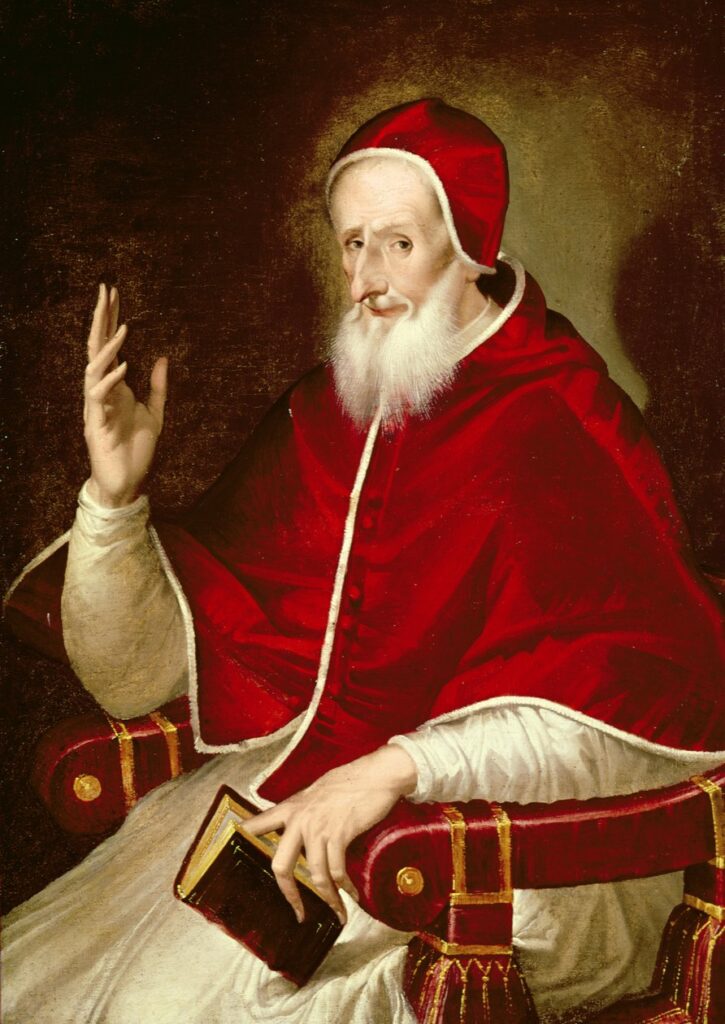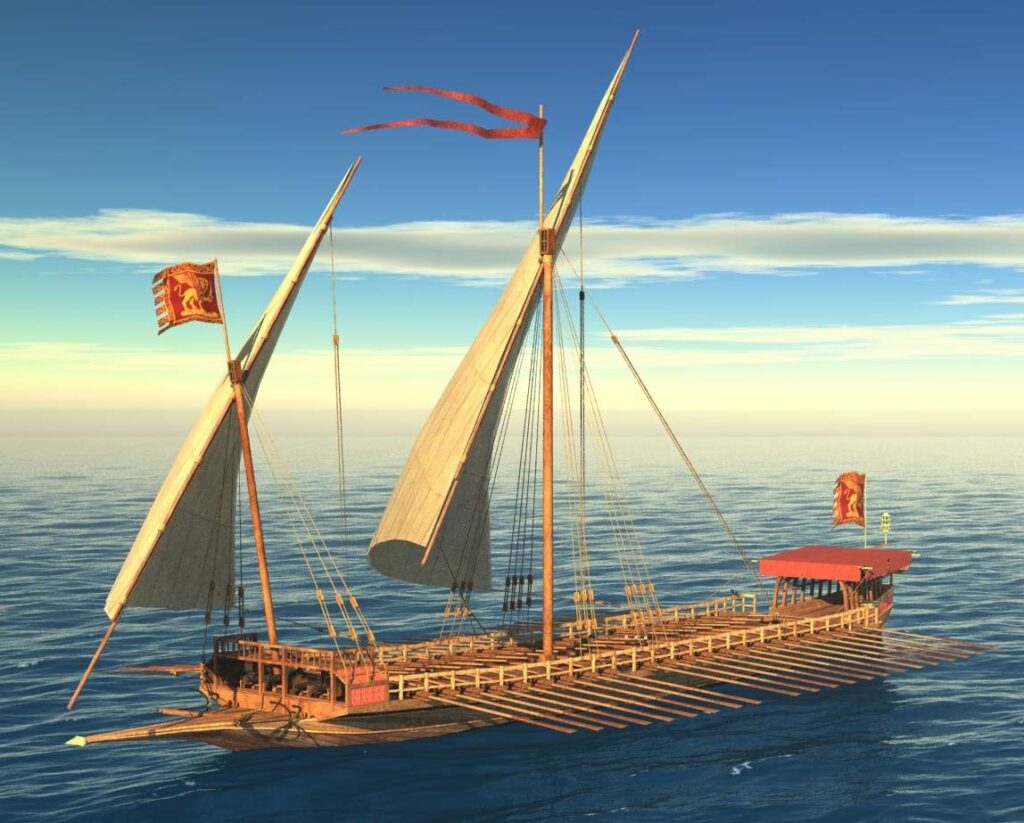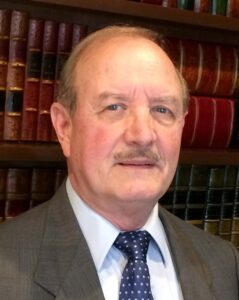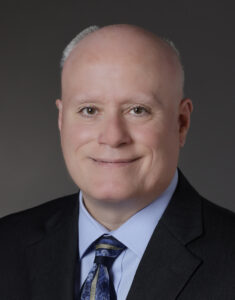Pope Pius V was born Antonio Ghislieri in Italy’s Piemonte Region. He joined the Dominican Order changing his first name to Michele. He pursued an austere life, unafraid to condemn Church abuses but defending traditional Catholic doctrine.

Portrait by El Greco
He was racked with pain from bladder stones during his final years; an Italian pope beset by the ever-growing Protestant Reformation across the Alps. He excommunicated England’s Queen Elizabeth I and gave us the Tridentine Mass, that rigid all-Latin mass we seniors grew up with. But the last chapter of his life arguably saved Western Civilization.
Since the fall of Constantinople (“Eastern Roman Empire”) in 1453, Muslim Turks had been rampaging in the Middle East, North Africa, and eastern Mediterranean. The once open trade between Europe and the East was severely restricted by the Turks which prompted European exploration around Africa. This quest for alternate routes eventually rewarded Columbus, and us, in 1492.
Under the Muslim Turks, Islam once again embarked on wars of conquest and forced conversions. (Islam’s first foray into Europe was stopped in France by Charles Martel in AD 732) They soon invaded the Balkans and even pillaged coastal Italy, massacring and enslaving Europeans by the tens of thousands.
The Turks had become a naval power locking horns with sea-going Italian city-states, especially Venice. The Venetians had planted colonies all along the route to their eastern markets. In 1570, the Turks besieged the Venetian-held island of Cyprus, eventually capturing the city of Nicosia. As was their custom, the Turks murdered some 20,000 inhabitants, raping the women and enslaving the survivors. However, the siege of another city, Famagusta, failed as the Venetian governor and his 7,000 troops held fast.
Word of these Muslim atrocities reached Pope Pius V who called for a “Holy League” of Catholic powers—Italian city-states, Spain, and Austria—to stop the Turks. By May, 1571, the League was formed and soon prepared to rescue Famagusta which was under siege again. However, by August, the city had no choice but to surrender. Instead of being allowed to return to Italy, the Venetians of Famagusta were butchered after refusing to convert to Islam.
Meanwhile the League’s fleet left Italy to avenge the butchery. Two hundred ships, mostly Italian, carrying 70,000 men encountered the Turkish fleet at Lepanto, off the coast of Greece. At the suggestion of Genoese Admiral Andrea Doria the beaks of the League’s ships were cut shorter to allow the forward cannons to aim at the enemy’s waterlines—a key to success.

On October 7th the battle raged for five hours. In the end, the Turks lost 200 ships and 30,000 men killed or wounded. The League took 8,000 prisoners included the Turks’ Grand Admiral. Some 15,000 Christian galley slaves were freed. Pope Pius V credited the victory to Our Lady. In fact, my parish is Our Lady of Victory. (Makes you wonder how many parishioners realize where the name came from.)
The victory had monumental results. It ended Muslim control of the eastern Mediterranean and prevented the Turks from reaching the Atlantic. It probably saved Italy. (Spanish author Miguel de Cervantes, who wrote Don Quixote, was a veteran of Lepanto.)
After Lepanto, the Turks resigned themselves to make mincemeat of the Balkans, using that route to invade middle Europe where they were finally stopped in 1683 at the gates of Vienna by another Catholic alliance.
Pope Pius V died eight months after Lepanto and was eventually canonized. His feast day is October 7th, the date of victory. -JLM
P.S. A more complete story of Lepanto can be found in The Italic Way, issue XL in our online Research Library.




Very informative and educational blog. Thank you
Kudo’s on sharing this critical part of history, but of course this is a very nonpolitically correct bit of history. Western Civilization has to be the villain these days, never Muslim, and or Ottoman aggression…..likewise North African pirate raids along the Mediterranean coast was the plague of Italy for 100s of years, and it’s still going on in the Red Sea coast/Suez areas today.
Bottom line is, it’s history, yet when I tried to point out the climate of the times, and “those days” in relationship to the debate about Columbus and his explorations, I was met with such hostility that having a historical dialogue was impossible. For whatever reason, another agenda was going on, that I naively missed. Also, it was shocking to observe how “historical facts’ were swept aside for a blame game agenda.
Islam has many sins that cannot be swept under the rug of history. You are correct, my blog would never be published in mainstream media. When the Left talks of “banned books” and “misinformation” they aim such wrongs at their ideological enemies. The Left will never accept blame for outright lies and historical distortion. Who judges the judges?